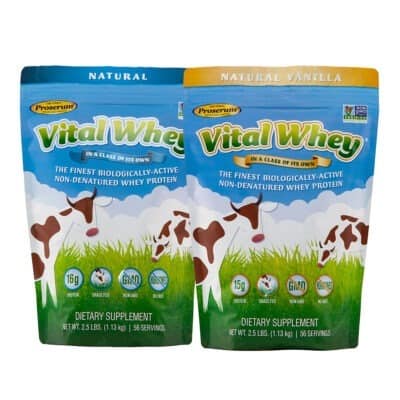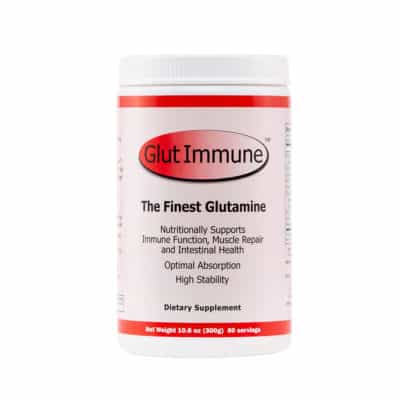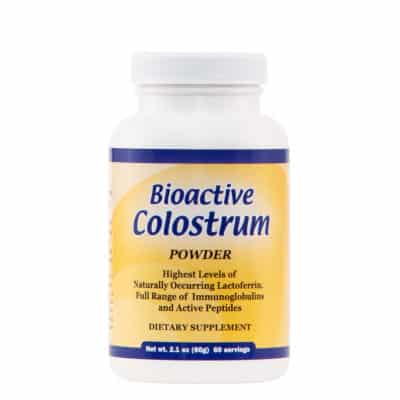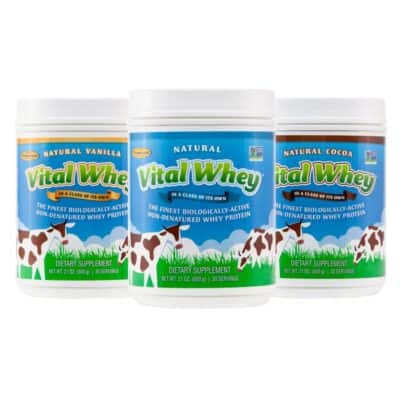 It can be wonderfully soothing to take a drive through the countryside and see all the farmyard animals in their fields. While children might just see Old McDonald’s Farm come to life as they watch cows, pigs and sheep cavort (or more accurately, slowly eating) from the car window; we adults recognize the importance of these creatures in our food chain. We are nourished by the meat from these animals, as well as making use of products made from their milk, skin and fleece.
It can be wonderfully soothing to take a drive through the countryside and see all the farmyard animals in their fields. While children might just see Old McDonald’s Farm come to life as they watch cows, pigs and sheep cavort (or more accurately, slowly eating) from the car window; we adults recognize the importance of these creatures in our food chain. We are nourished by the meat from these animals, as well as making use of products made from their milk, skin and fleece.
Grass Fed Milk is A Healthy Choice
Once a child grows old enough, he or she will make the connection between the cow grazing in the field and the milk that they pour over their sugary breakfast cereal before settling down to watch Saturday morning cartoons. Adults have a tendency to think more about the pros and cons of dairy products and the subsequent long term health benefits, and so some of us will even try to get healthier by asking for our morning latte with skim milk. Interestingly, researchers are starting to discover that the health benefits of milk doesn’t so much depend on its fat content, but is greatly influenced by what the cow has been eating before it produces the milk…Introducing Conjugated Linoleic Acid
Ever heard of conjugated linoleic acid (CLA)? Most people haven’t, and yet it’s something that’s present in milk and dairy products in greatly varying amounts. A study by the Harvard School of Public Health shows that cows who primarily eat grass go on to produce milk that contains more than five times the amount of CLA than cows that are fed with other products. CLA is greatly beneficial to humans, since an abundance of this acid can reduce the chance of heart disease by more than one third.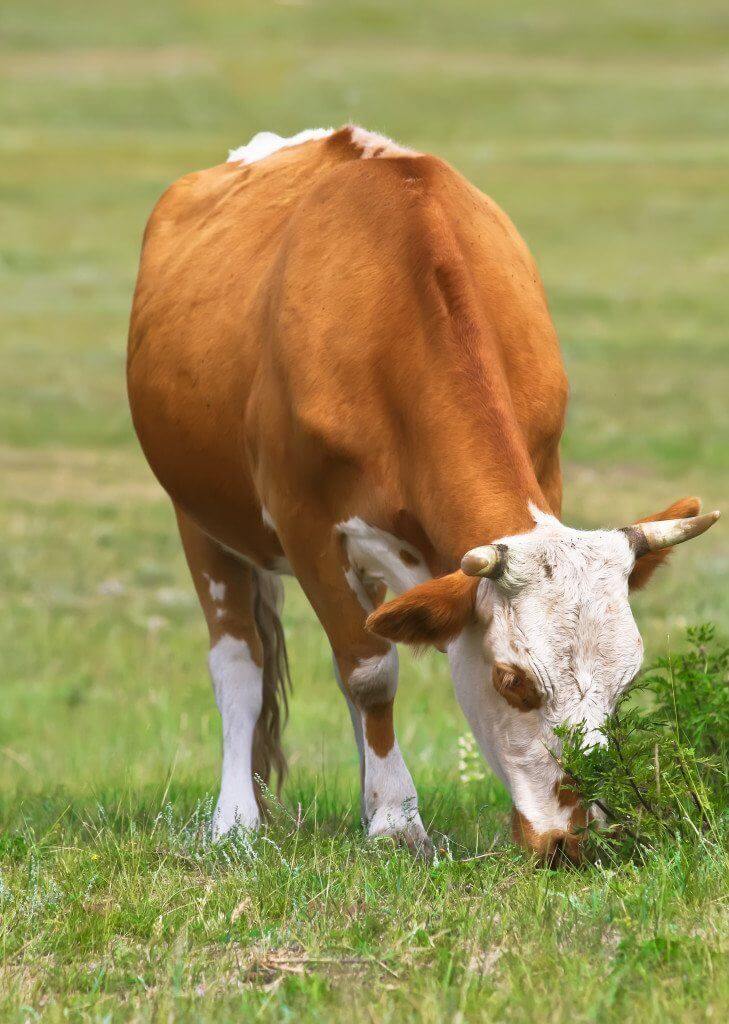 Modern Vs. Traditional Farming
The chemical composition of milk is drastically different, depending on the way in which milk producing cows are kept. Modern farming practices mean that cows usually eat hay and a specially produced feed, which certainly gives them all the nutrients they need, but is vastly different than cows that are free to graze and eat grass at their leisure. Countries that have less developed farming industries (Costa Rica was a country of focus for the Harvard study) tend to allow their animals to graze freely, producing milk and dairy products that are high in CLA.
Modern Vs. Traditional Farming
The chemical composition of milk is drastically different, depending on the way in which milk producing cows are kept. Modern farming practices mean that cows usually eat hay and a specially produced feed, which certainly gives them all the nutrients they need, but is vastly different than cows that are free to graze and eat grass at their leisure. Countries that have less developed farming industries (Costa Rica was a country of focus for the Harvard study) tend to allow their animals to graze freely, producing milk and dairy products that are high in CLA.
Health Benefits of Grass Fed Milk
While many modern families would like to choose the healthiest option when food shopping, price is certainly a motivating factor. The milk found in your supermarket might not have the highest concentration of CLA, but it still gives vital calcium and has other health benefits. Grass fed milk is available at some supermarkets, but you may need to source it from a health food store, and there will be a price difference. The health benefits of grass fed milk cannot be denied, so you may want to reach a compromise- perhaps those in your family who are at an age when heart health is becoming increasingly important can enjoy grass fed milk. It costs a little extra, but is certainly worth it!Latest posts by Ronald K. Wright (see all)
- Best Fitness Supplements: Glutamine and Colostrum Uses and Benefits - December 19, 2019
- Cooking with Protein Powder - November 22, 2019
- Is There A Point To Taking Whey Protein After Cardio? - September 16, 2019

